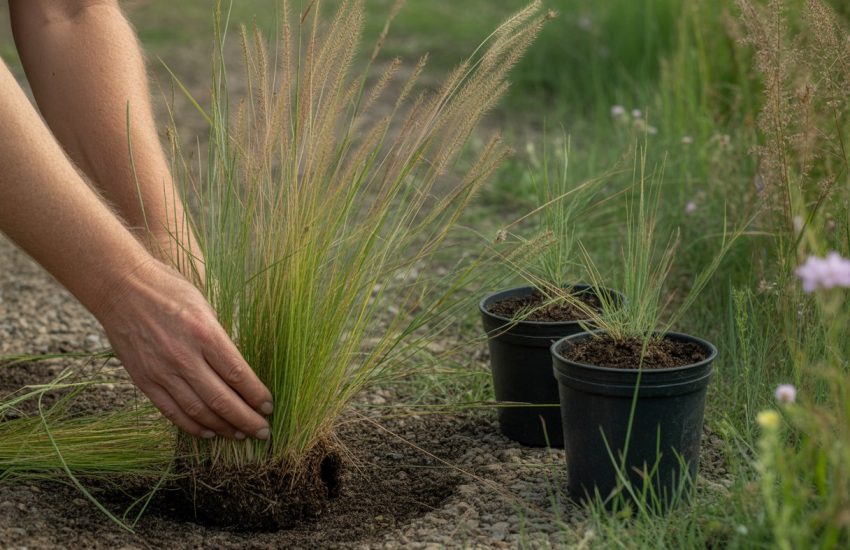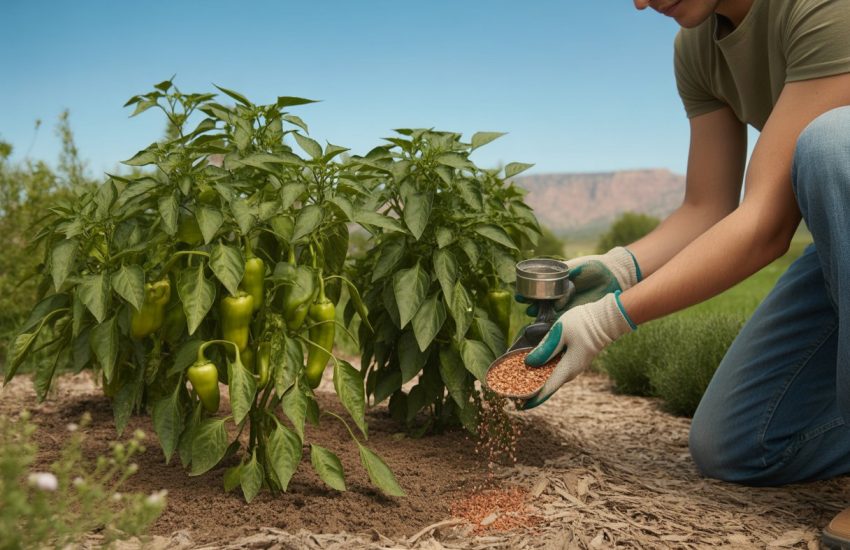Magnolia Trees: Plant, Grow & Care
Maybe gardening is already your hobby, or perhaps you are trying to start gardening. No matter how new you are, this article will teach you the basics of gardening and growing a beautiful magnolia tree. A few things stand out when we first see the outside of our home.
One of those things is our gardens. We walk up to our homes in our beautiful greenery. Reaching the standard for creating colorful, fragrant gardens can be complex for a beginner. There are many plants and flowers to choose from, but there is one particular plant that most of us love. That is course, is the magnolia tree.
There are many different types of magnolias, which makes choosing the suitable variety difficult. However, if you use the correct methods and follow this article properly and thoroughly, you can grow beautiful, visionary magnolia trees. To grow a beautiful, stunning magnolia tree, you need to know the critical points for perfect growth.
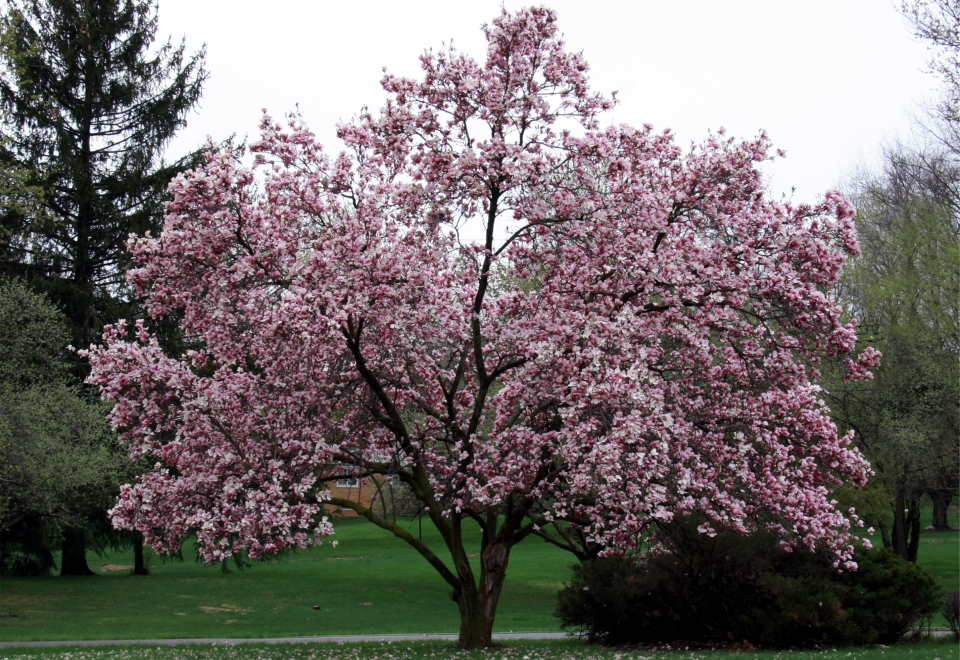
This article will teach you all the basics of growing flowering magnolia trees from the shelf. You are probably familiar with the most famous species, the “Southern Magnolia,” and did you know that at least one species of it can be grown in your state?
There is a huge selection of species from which you can choose. First, you will see the eight species native to the United States. However, you can do some quick research afterward to select the perfect species for your garden and surprise yourself, your friends, and your family with their beautiful flowers.
A Brief History of Magnolias
In 1773, Swedish botanist called Carl Linneaus named the plant in honor of French botanist Pierre Magnol (1638-1715). We know from Western records that the plant decorated gardens in the Aztec Empire. Gardening was also essential to their cultures.
We could see drawings and illustrations of this plant in their gardens. However, the history of the plant goes back much further. It is one of the most primitive plants. One hundred million years ago, they existed all over the world. But these plants are not the same as our plants. Instead, they are prehistoric relatives.

Magnolia Tree Species
Many species of magnolia trees worldwide exist, but some are well-known. There are eight species of magnolia that are magnolias native to the United States. These native species are well suited for the United States and can be grown satisfactorily. And there is also a perfect species for your garden.
Some of these native species are:
- Southern magnolia
- Saucer magnolia
- Star magnolia
- Loebner magnolia
- Sweetbay magnolia
- Cucumber tree
When Do Magnolia Trees Bloom?
The blooming time of this tree can vary. Some species bloom in February, others in June, and even some species bloom in late May. There is also a magnolia that stays green year-round and only blooms in warmer weather.
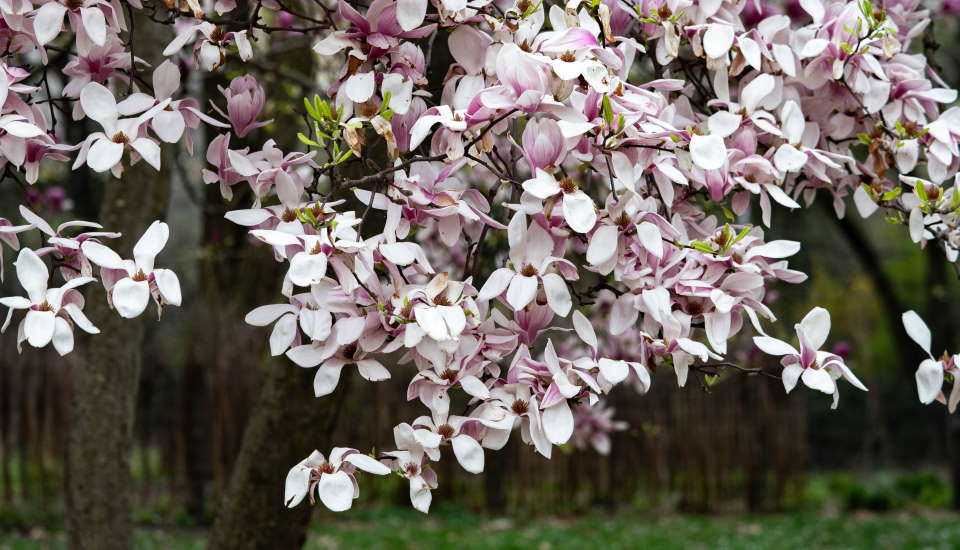
How Fast Do Magnolia Trees Bloom?
The timing of growth depends very much on the species. Many of them grow quickly and stop growing when they get large enough. In this article, we will talk about some of these species that are native to the United States because there are a huge number of species with unique characteristics.
There are too many factors that affect the growth rate. To maximize fertility, you should seek expert help.
How to Plant a Magnolia Tree?
The best time to plant a magnolia tree is in the fall and late spring. To plant this tree, you do not need to dig a large, deep hole in your garden. Its roots are very short so that you can dig a very shallow hole. Its roots are also very delicate, so do not rush it.
Take your time so as not to damage the roots and their flowers. Fertilize the plants after planting (we will talk about this later). Do not use too much force when doing this. Water them well and keep them well watered.
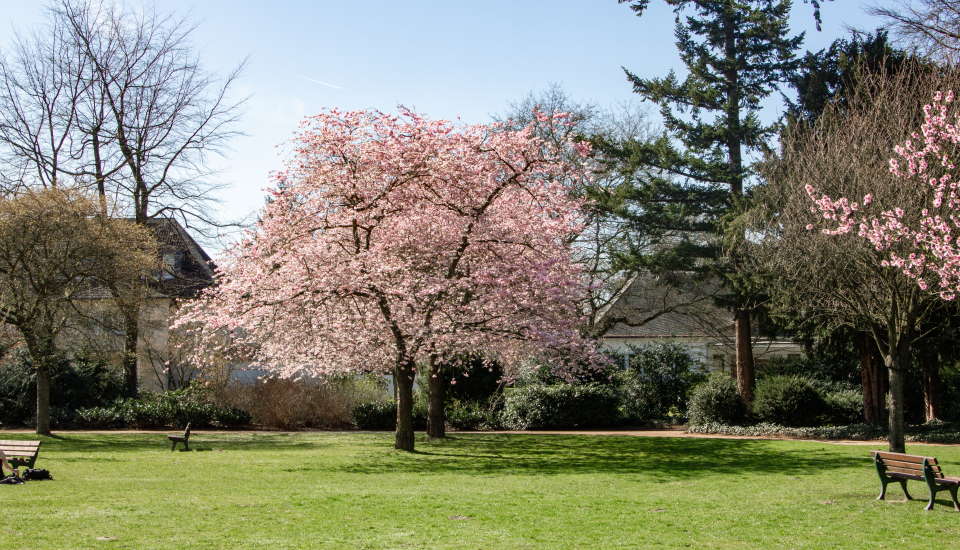
What Is The Best Fertilizer for Magnolia Trees?
There are many types of fertilizers and many that are suitable for magnolia trees. However, when choosing a fertilizer for your plant, you should consider the nitrogen content. Nitrogen is essential in this matter.
Therefore, when selecting the right fertilizer, opt for one that contains only nitrogen or one whose phosphorus and potassium content is three times lower than that of nitrogen. A good fertilizer for your trees is a 12-4-8 or 20-5-10 fertilizer with the respective percentages of nitrogen, phosphorus, and potassium. You can see these values on the package.
But When Should I Fertilize?
The best time to fertilize is September, October, and December. When the evergreens start to fade, the leaves on the trees fall off. But remember, for evergreen species, you need to fertilize the soil three or four weeks before the weather cools (about 40 degrees Fahrenheit).
Even if the weather is cold, the tree roots can grow under the soil and get useful things out of the ground until next spring. You can also use fertilizer in the ground before the plant blooms.
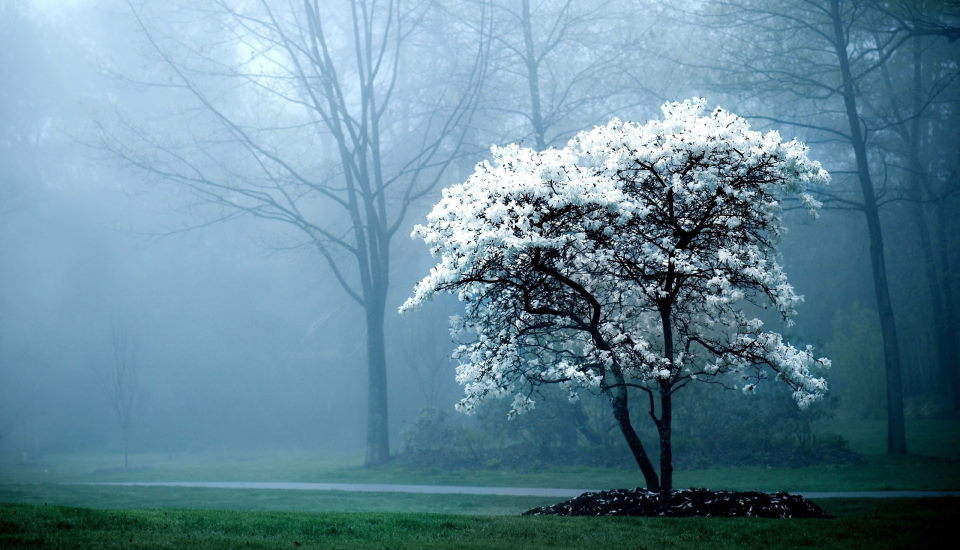
When to Prune Magnolia Trees?
The best time to prune depends on the type of tree you have. You must first decide if it is a deciduous or evergreen plant. If you choose a deciduous variety, you should prune your plant in late summer. You should prune it in the spring if it is an evergreen species. If your chosen species is a wall shrub, you should wait until it blooms after summer.
When pruning this tree, be extra careful not to cause damage. The timing of pruning is critical because most species bleed when pruned. You must prune at the right time and with the right tools. For example, use ladders, pruning saws, and sharp pruning shears. So you have learned when to prune your plant. Now let’s learn how to prune.
Prune Deciduous Species
- While your plant is re-branching, you can prune back weak branches that are detrimental to the overall body of the plant.
- In subsequent years, remove only dead and damaged wood to improve the overall body and shape of the plant.
- If the plant is older and forms water shoots, you should remove them from the trunk.
- Suppose you want to keep the size of your plants at a certain height or shape. Cutting off a fork or stem is better and looks better too.
- If you renew yearly, it can harm your plant.
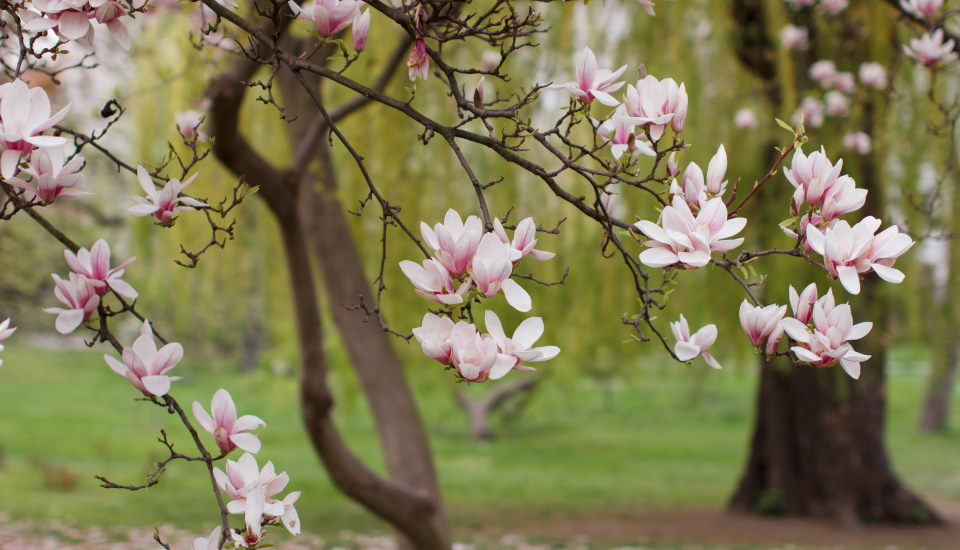
Pruning Evergreen Species
- You do not need to prune your newly bloomed plant of this species, but if you want the body to be clean, you can prune some lower branches.
- When the plant is fully grown, you can continue to prune it as needed to maintain the shape you want it to have.
- Prune your plant only in the spring when it begins to bloom.
Pruning Wall-Bearing Species
- You should prune these species in the summer. If you prune them after they bloom, you are less likely to accidentally damage or remove flower buds.
- Remember that removing the ones that face the wall is most important to this species. And the stems that go away from the wall, you should also cut back to one or two leaves.
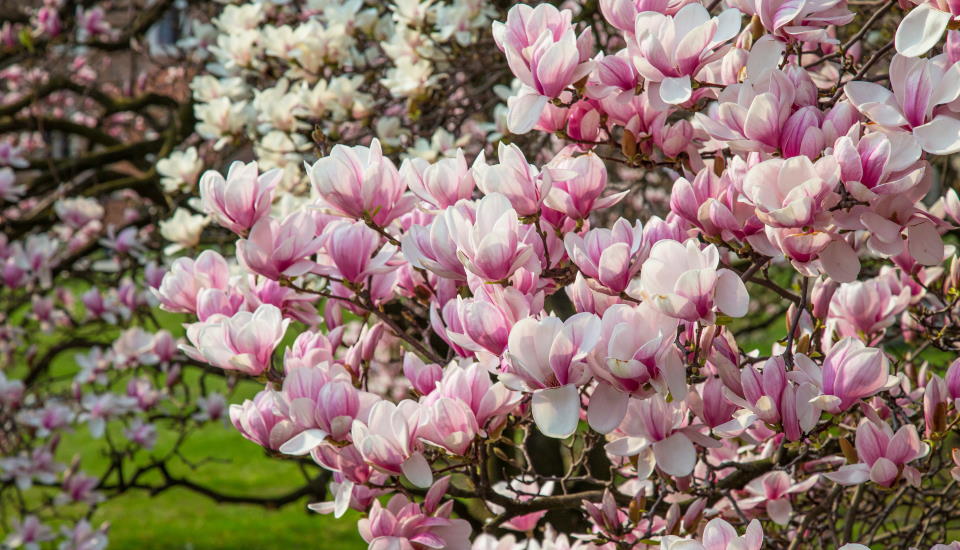
How to Grow Magnolia from Seed?
First and foremost, you should collect seed cones if you do not have packaged seeds. You can do this in the fall when the trees drop their leaves. Then, pick a tree, preferably a common species like the Southern Magnolia. If you follow these five steps, you can make your garden as colorful as you like.
Step 1: Get Seeds
If you know a tree you want, go there or search for streets for your desired species. Look around and take the open cones rather than the closed ones if you can find them. It is easier for beginners to work with these. Do not worry if you cannot find open cones. You can also take fresh cones and let them dry for a few days. Now you have the conditions for sowing the seeds.
Step 2: Scarify the Seeds
Rub the seeds with a towel and pull out the excess color. Let the seeds sit in water for a night. If nothing comes out, try again. Throw away any floating hulls that you do not need.
After cleaning the hulls, rub them with a rough towel. This way, you will remove the oil that protects the seeds and make them easier to open than before.
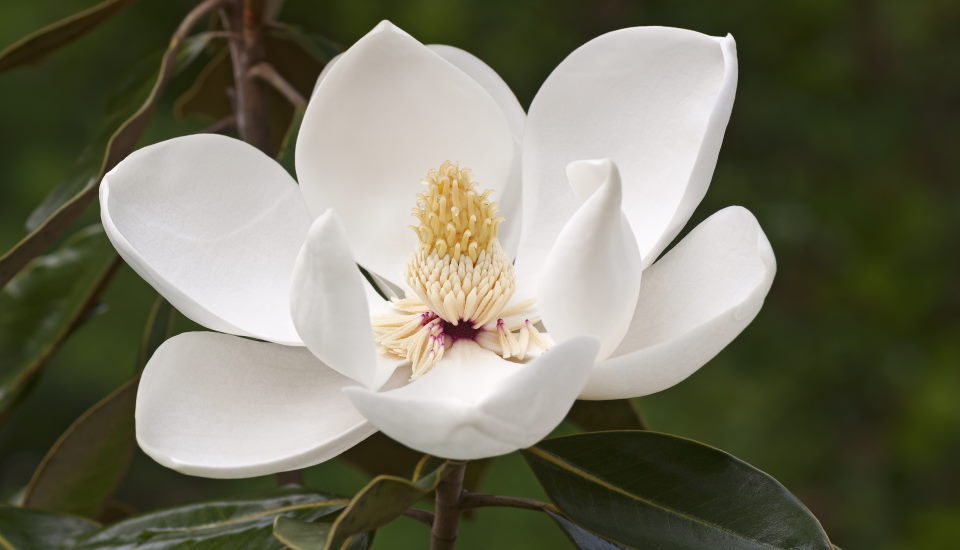
Step 3: Layer the Seeds
Now comes the more time-consuming part of this method. You need to let the seeds rest for 3 to 6 months in a cold place at 40 to 45 degrees Fahrenheit. You can do this in several ways.
- The first step is the refrigerator: This step is the easiest of all. Just put the seeds in a plastic bag and freeze them in the refrigerator for 3 to 6 months.
- The second step is the cold frame: This is another way to store your seeds. Plant your seeds 1 to 2 inches deep in the soil, preferably in a small pot or seed tray, and place them in a cold frame. Always keep the soil moist and protect the seeds from frost.
- The third and final step is to grow them outdoors: If you are more concerned about being environmentally friendly, you can now plant your seeds outside in your garden. Dig holes one to two inches deep in the soil and place a layer or two of mulch on top. Do not let the seeds freeze or dry out. And remember, some animals will want to eat your seeds, so protect them!
Step 4: Plant the Seeds
When the time comes and the weather starts to warm up (around 70 degrees Fahrenheit), you can plant your seeds in your garden in a pot about 1 or 2 inches deep. Keep the seeds well-watered until they begin to grow.
Step 5: Growing the Tree
Now you can grow a beautiful magnolia tree in your garden. Transfer the seeds from their old home to their new permanent home somewhere in your garden. Ensure your plant is not burned by the direct sun the first year.
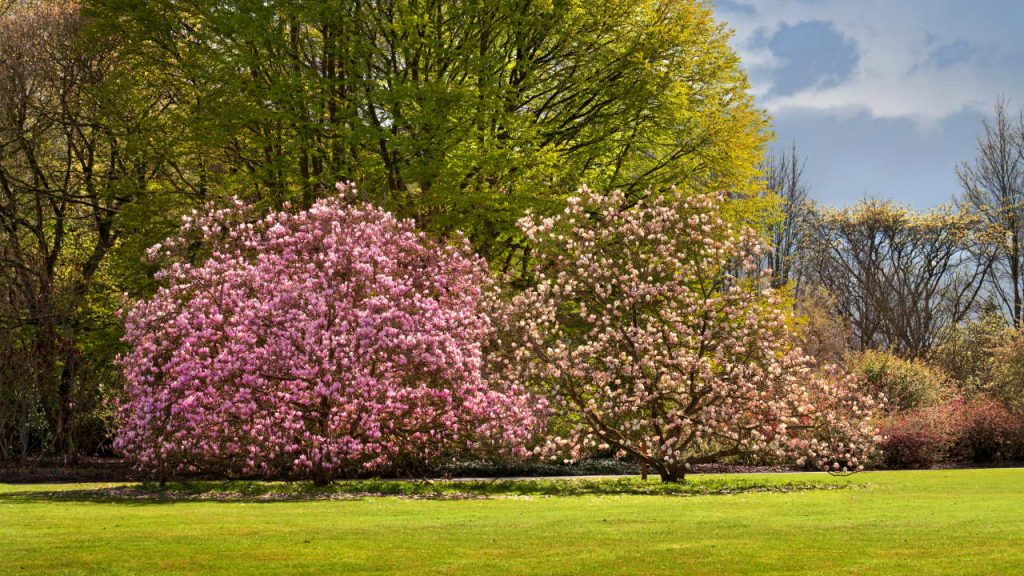
How Fast Do Magnolia Trees Grow?
Now you know all the basics for growing a beautiful magnolia tree in your garden. However, the most challenging part has just begun: You must wait. Each species has its characteristics, but we will talk about the six native species we discussed at the beginning.
Southern Magnolia grows a little slower than other species; its height can increase from 12 to 24 inches in a year. Saucer Magnolia can also grow from 12 inches to 24 inches tall in one year. Star Magnolia grows slower than other species, and it grows about 13 inches to more than 24 inches in one year.
Loebner Magnolia grows slower than usual. Sweetbay also grows semi faster than normal at 13 inches to more than 24 inches yearly. Finally, like most native species, the Cucumber Tree grows 12 inches to 25 inches yearly.
Now you know more than everything about growing your magnolia tree from scratch. You know what to do, how to do it, and what not to do. It is not impossible to turn your dream garden into a reality. Just remember that the type of magnolia is very important. Pay attention to the type of seeds you use. You can reread this article if unsure, but remember that this is long-term progress. A beautiful garden of your own is now possible.
You may also be interested in:
How to Keep Begonias Blooming?

